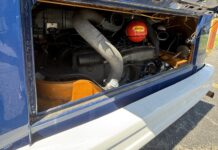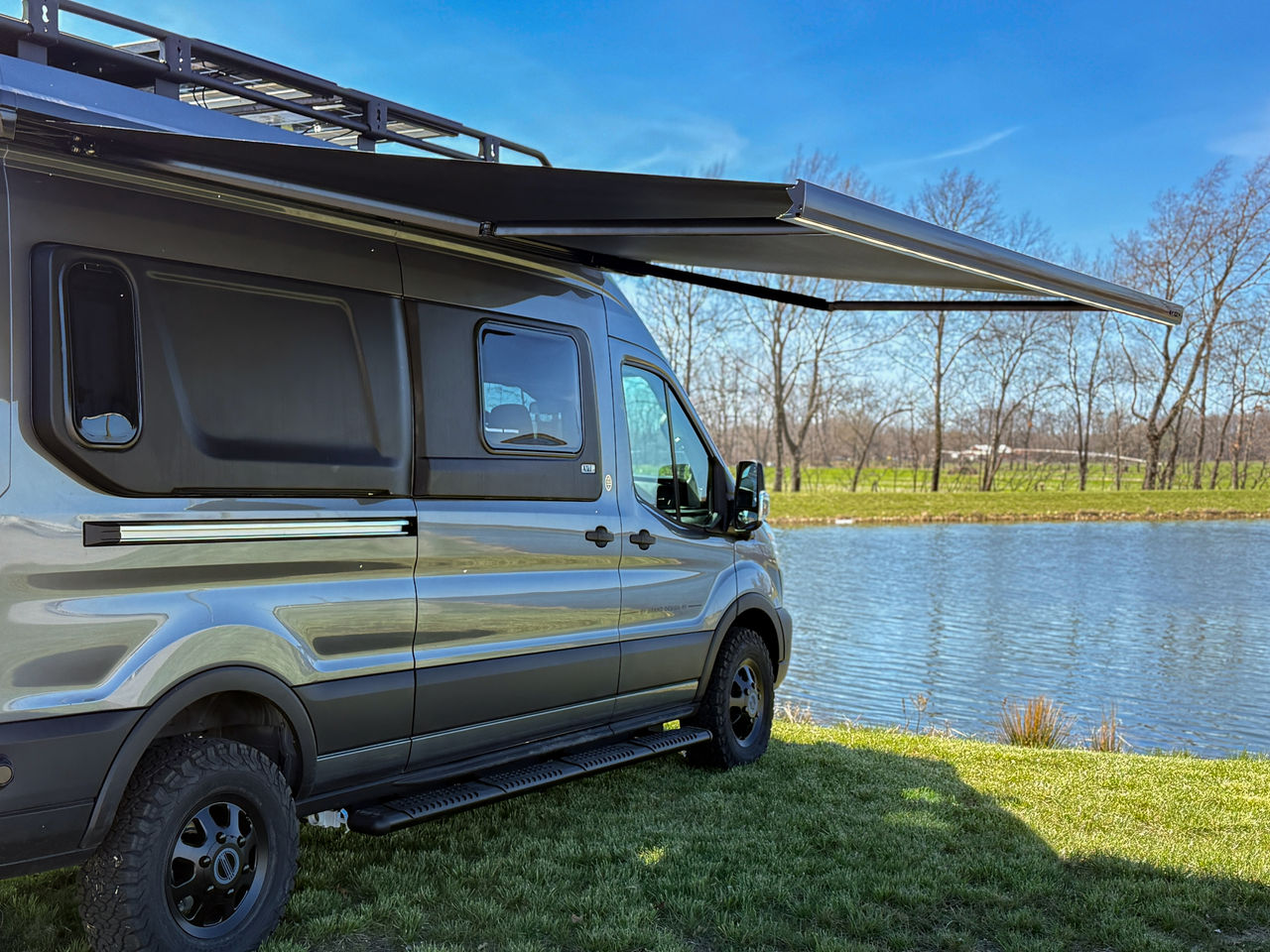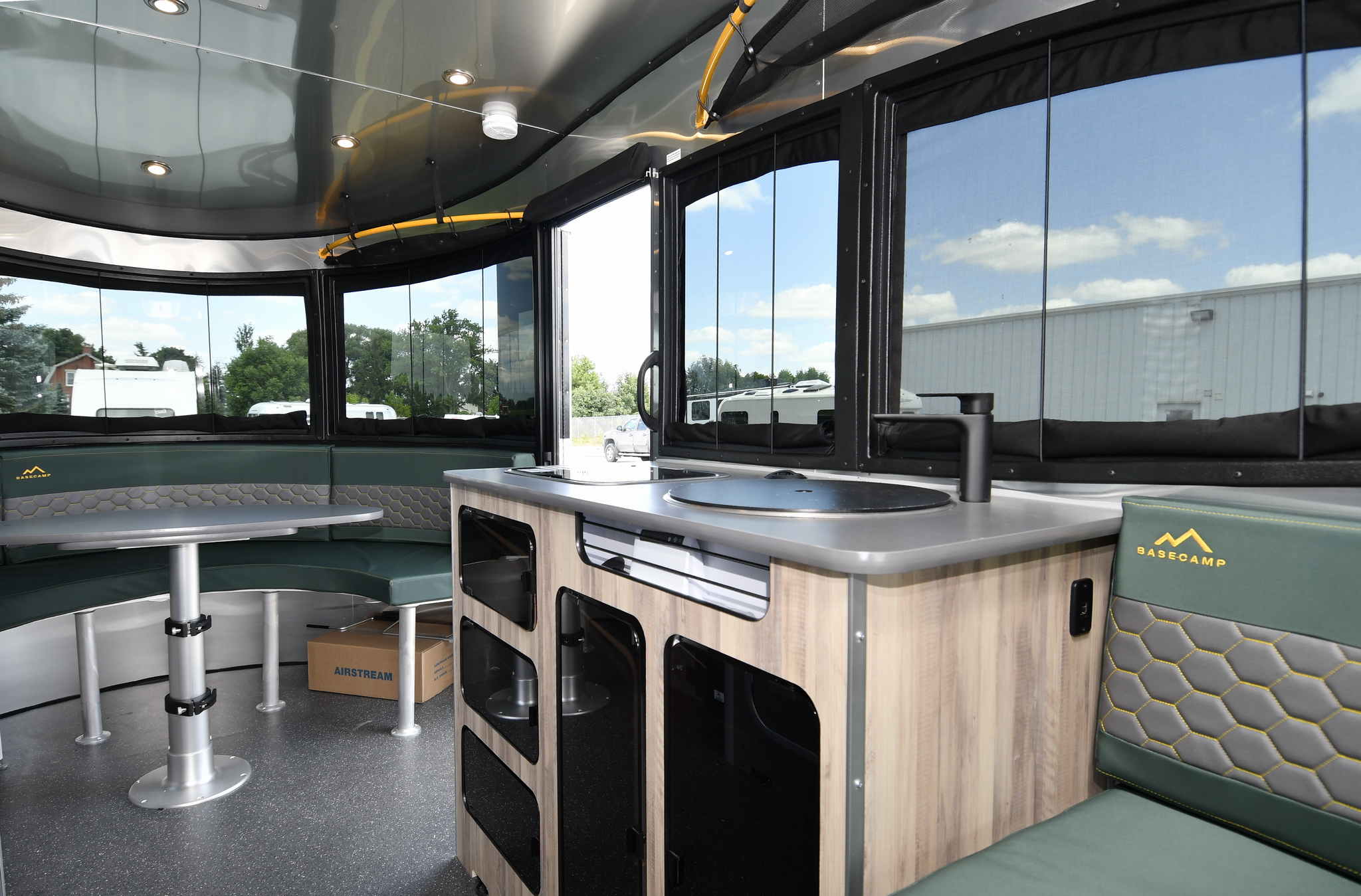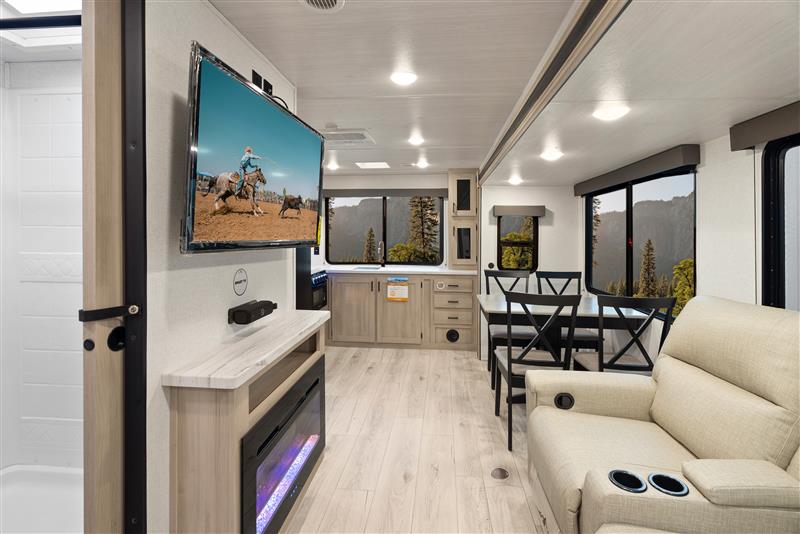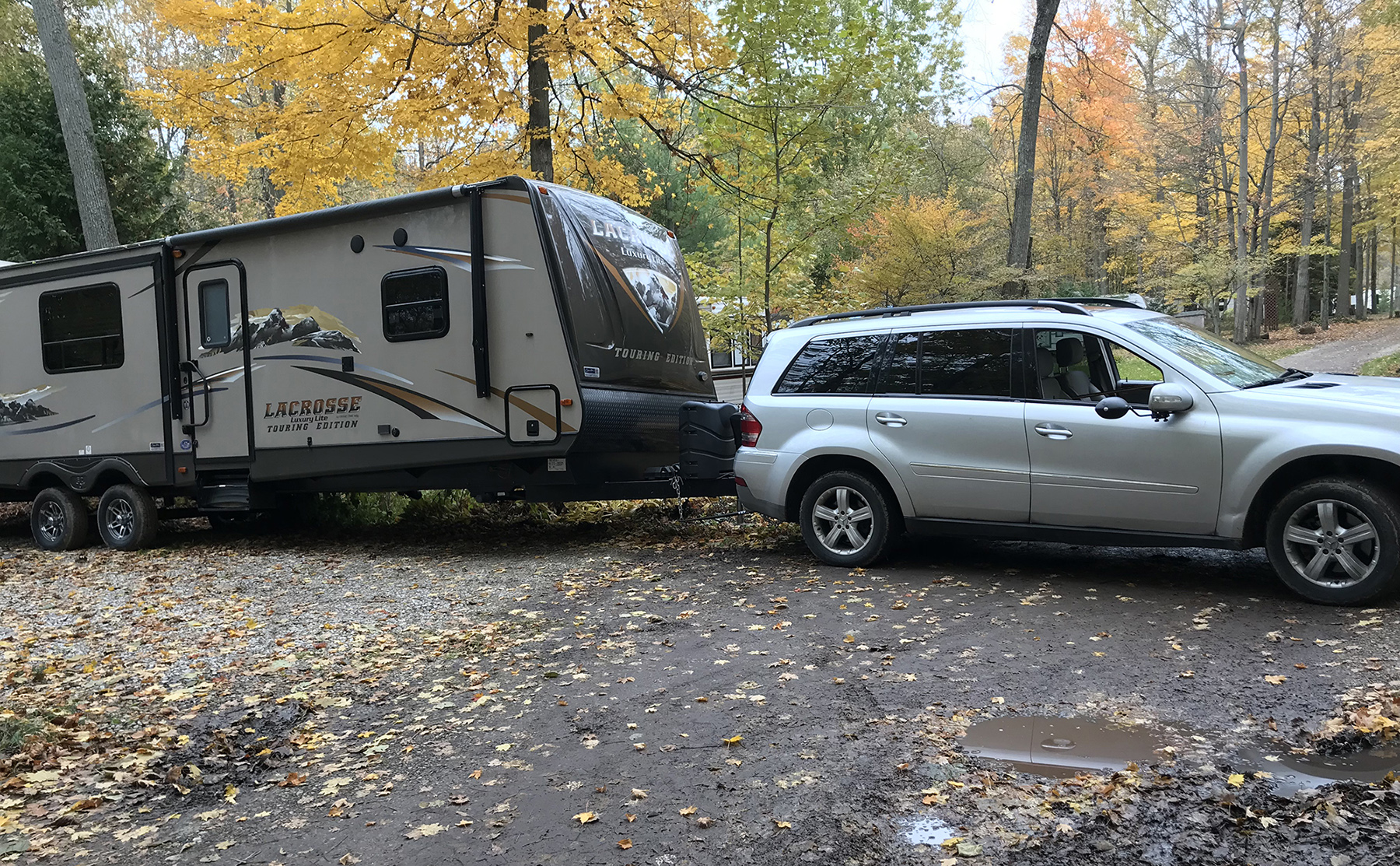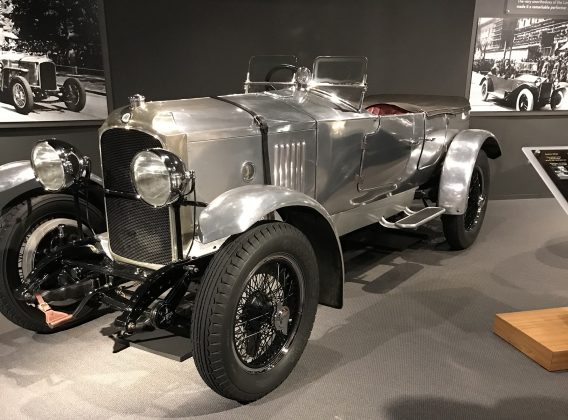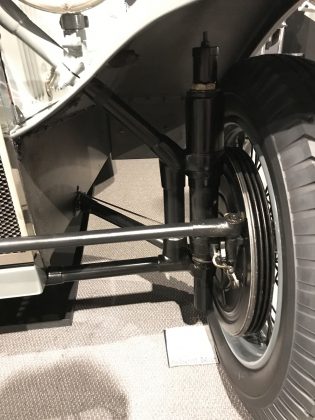Reflections on Towing with a Uni-Body Vehicle Inspired by a visit to The Revs.
Sometimes you come across a figure from history and wonder how you had never heard of them. One of the first advertising agencies in New York was owned by Barron Gift Collier, born in Memphis in 1873. He was a millionaire by the age of 30. He and his wife spent their honeymoon in Fort Myers Florida. They fell in love with South West Florida and he eventually became the largest landowner and developer in Florida.
Collier had a love of cars that he passed down to his heirs, and today, in Naples Florida (In Collier County) you can visit The Revs Institute – an amazing car museum. The museum is configured to help explore the history of cars and their creators, with more than 2,000,000 historical records and photos, and it is associated with Stanford University. Another unique feature of The Revs Institute is that all the cars are driven on average at least once a year, and they are sometimes used for movie shoots and similar projects. You really should visit sometime, but you must reserve your tickets ahead of time. The website is www.revsinstitute.org
While there are many fascinating cars at the museum, one really intrigued me – a 1927 Lancia Lambda. I often have to try to explain to people why it is so important to get independent suspension when possible, that a unit body, or “unibody”, is better for towing than a body and frame vehicle, and how much safer a lower centre of gravity is. My impression was always that independent suspension was not developed until the 1930s, and that unibody structures did not arrive until the 1940s. However, both innovations were part of the 1927 Lambda.
It was, as legends go, a stormy sea crossing that inspired Italian automotive pioneer Vincenzo Lancia to envision a car with a stronger and lighter chassis/body “unit”. During that sea crossing, Lancia recognized the superior rigidity of the ocean liner’s hull compared to the inherent flexibility in the typical 1920’s car, which had a flimsy body bolted to a whippy ladder frame.
Lancia soon commissioned his trusted lead engineer Battista Falchetto to translate his concept into a workable unit body design coupled with a practical independent front suspension system. (Interesting that even in 1927 they recognized the superiority of independent suspension). Falchetto designed novel hydraulic dampers into the suspension, which are the forerunners of the modern shock absorber.
The car was called Lambda and was so much lighter and lower than other cars of the time that a smaller engine could be used. They designed a compact 2120 CC V4 with overhead camshafts which was able to turn 3250 RPM – a huge number for that era.
The Lambda was a remarkable performer with the ability to negotiate a winding road faster than pretty much any car built previously. Lambdas finished 1st, 2nd and 3rd in the first running of the Mille Miglia, the famous 1000-mile road race in Italy.
How does this apply to towing a trailer?
Lancia had to develop the unit body to make independent suspension worthwhile. If you have a large three leg table, you can lift any one leg off the ground, and you won’t twist the table. However, if the table has four legs, when you lift one leg you will twist the table unless the table is stiff enough not to bend. This is why independent rear suspension is not a big asset on a typical pickup truck. The body structure ends at the back of the cab, the frame rails from there back have a lot of flex. Since the rear suspension stance of the truck is only 38” wide the truck is more like a three-legged table. If you were to use independent suspension the extra 29” of suspension stance would just cause more frame flex. The suspension needs that solid structure to push and pull against. You can actually see this in a truck on a rough road, look in the rear-view mirror as you go over bumps and you can see the box moving around in relation to the cab.
In the 1970s and ‘80s most trailer towing was done with full size cars. Chrysler cars evolved to unit body construction in 1956 but all other full-size cars were still body on frame. In 1973 cars got collapsible bumpers to absorb minor accidents, and to hide the bumper movement they had soft plastic trim pieces between the body work and bumpers. The problem for towing was that the trim pieces were fastened to the body, but the bumper was fastened to the frame. In between the body and frame were rubber body mounts. When you applied pressure to the weight distribution bars of your equalizing hitch you lifted on the frame at the back of the car and the body mounts squashed and the plastic trim pieces split when the bumpers moved up into the bodywork. We noticed that on Chrysler products there was no tearing because there were no body mounts as everything was one piece. So, one day, with great trepidation, we decided to weld gussets between the body and frame on a Chev Caprice. We were afraid it would cause vibrations or squeaks. I rode in the back seat while dad drove along a rough road and we compared the ride and handling before and after welding the gussets, and what do you know, it was actually a little tighter with the pieces welded in. Besides fixing the tearing problem and making the car a little tighter this further proved to us that the strength was in the body, not the frame.
As much as we liked a unit body for towing, Chrysler stopped building full size cars in the early 1980s so the only unit body cars with enough power for towing were very expensive Mercedes sedans, which also had independent rear suspension, however we only had a couple of customers with these. They were amazing tow vehicles, but few customers were going to spend that kind of money on a tow vehicle.
Though domestic cars started getting independent front suspension in the early 1930s, the Corvette was the only one with independent rear suspension.
In 1987 we finally got the full package, when GM downsized their full-size sedans giving them a wonderfully solid unit body and four-wheel independent suspension. We started towing with these vehicles and never went back to the old antiquated frame designs. In time, many more cars and SUVs were to be introduced with solid unit bodies and independent suspension. Almost any vehicle with body on frame construction gets rattily and loose by 100,000 miles, but a unit body will stay tight and solid for 200,000 miles.
A frame is easier to understand because you can see that big frame under there which leads people to comment on the internet, “You can’t tow with that – it doesn’t have a frame!”. So now, when you see that type of comment you can understand why our response is “well, that’s a good thing”.








